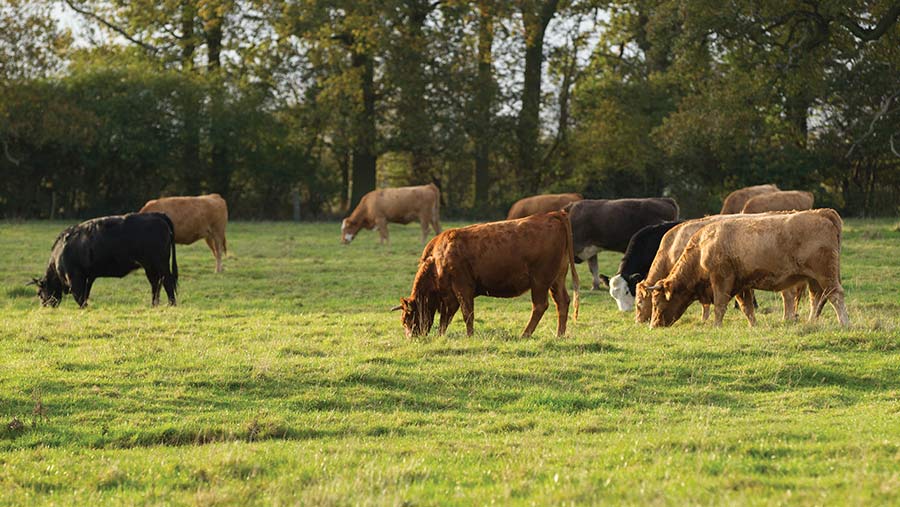Selling your farm: How to prepare for viewings
 © Tim Scrivener
© Tim Scrivener Most farms for sale meet strong demand, but there are some basics that can help with marketing.
First impressions are important, so time and effort invested in preparing for viewings can pay off.
“Undertake general maintenance, minor improvements and repairs – for example, filling potholes, painting and clearing away rubble, waste and old machinery.
“This could be agreed as part of a sale but it’s better to have it done up front,” says Matthew Alexander, an associate with Bidwells’ rural team.
See also: Legal and tax advice on selling a farm
Different buyer types will prioritise different aspects when looking at a farm.
“Farmer buyers will generally be more interested than others in details on cropping and yield history, livestock data and drainage plans,” he says.
Information such as soil indices and soil organic matter are being asked for more frequently.
“A growing number of buyers are interested in farming regeneratively and they are increasingly discerning about the land, and how it has been farmed, so they can assess its productive capacity and likely returns,” says Matthew.
“They might want to know, for example, how blackgrass has been managed.”
Marketing preparation tips
- Make a good first impression with a tidy-up
- Ensure documentation is to hand or at least accessible and in order, including a farm plan, title deeds, tenancy agreements and details of any environmental schemes, with ownership and occupation details clarified or formalised
- Be transparent and disclose as much information as possible from the start
- Check ownership of mineral, sporting and timber rights
- Be clear about inclusion of or negotiations for fixtures and fittings
- Clarify planning status of let property
Review letting arrangements
“Most buyers like a fresh start with as few encumbrances as possible, but buying a farm with some non-farming income – for example, from let property – can be beneficial.”
However, it is not uncommon for buildings to have been let for other uses without securing planning permission for the change of use from agriculture.
“Have you formally documented the tenant’s occupation? If the tenant has been in occupation for more than 10 years in breach of agricultural use, you may be able to submit a Certificate of Lawfulness for an Existing Use or Development (Cleud) to the local planning authority to regularise that use,” advises Matthew.
A Cleud is a certificate granted by a Local Planning Authority to retrospectively legalise a previously unauthorised development or use and will prevent any enforcement action being taken.
“Any documentation which supports the use during that time is helpful – for example, a business rates bill, rental income paid into a bank account, photographs showing the use or invoices for work to the building.
“It’s also possible to support the application with a statutory declaration by the landlord, tenant or others who can confirm the continuous occupation. Evidence from the tenant can also help – for example, utility bills or tickets for deliveries to the site.
“A buyer is likely to be put off by a tenant who they don’t know and who is in occupation with no formal agreement, whether for former agricultural buildings or let cottages.”
It is also common for seasonal grazing to have been let to the same tenant year after year with no formal agreement.
Tidying up such matters with a simple formal agreement will make the sales process more straightforward and reassure potential buyers, says Matthew.
Permitted development rights
Consider using permitted development rights, such as Class Q to convert buildings from agricultural to residential use or Class R from agricultural to commercial use.
“These can be relatively straightforward applications and can not only enhance the value, but also enable lotting to maximise value and widen the market,” advises Matthew.
Clarify sporting, mineral, timber rights
Confirm ownership of sporting, mineral and timber rights and whether these are to be included in the sale.
Some landowners may not be aware these are excluded if the land has been in family ownership for a long time.
Fixtures and fittings
Be clear about what is included in the sale price and about what items might be available by separate negotiation.
Where they are to be negotiated separately, set a realistic value, Matthew suggests, otherwise positions can become entrenched over something which in the overall scheme of things is a small matter.
